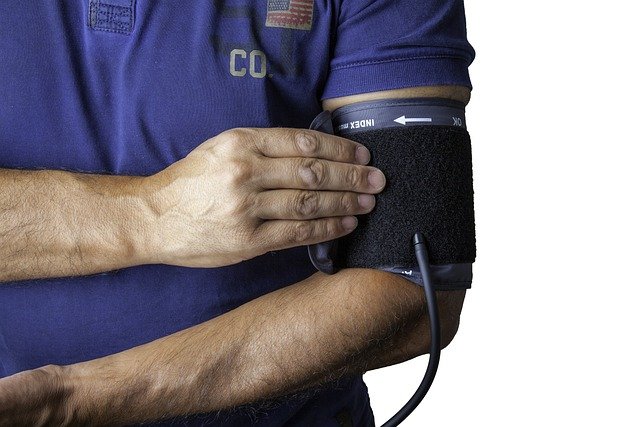Risk assessment and crisis planning in mental healthcare
Risk assessment and crisis planning are central to safe mental healthcare. Clinicians, including psychiatrists, integrate symptom evaluation, history, and context to identify imminent dangers and create practical plans. This article outlines assessment methods, crisis planning steps, and considerations across settings and populations.

Effective risk assessment and crisis planning start with structured evaluation and clear documentation. A clinician’s initial review typically covers current symptoms, diagnosis history, past crises, substance use, and social supports. This first contact informs immediate safety decisions—such as supervision level, need for urgent referrals, or escalation to emergency services—and shapes ongoing followup. Good documentation assists continuity of care when multiple providers or local services become involved.
How is assessment used with diagnosis and comorbidity?
Risk assessment is integrated into diagnostic formulation rather than treated as separate. Evaluations consider primary diagnoses, comorbidity (for example, mood disorders with substance use or anxiety with PTSD), and how overlapping conditions change presentation and risk. Structured tools and clinical interviews help quantify suicidal ideation, self-harm behaviors, impulsivity, and means access. Assessment should also note functional impairment—sleep, appetite, occupational or school functioning—which may indicate higher risk and inform management choices.
What elements create a practical crisis plan and followup?
A crisis plan outlines immediate steps when risk increases: who to contact, emergency numbers, coping strategies, medication instructions, and preferences for hospitalization versus community support. Followup includes scheduled check-ins, safety planning updates, and clear referrals to psychotherapy or specialist clinics. Plans are most effective when they list concrete actions, identify available local services, and designate a responsible clinician or care coordinator for ongoing monitoring and followup.
How do therapy and medication factor into crisis prevention?
Therapy and medication are complementary. Evidence-informed psychotherapies address mood and anxiety symptoms that elevate risk, teaching coping skills and emotional regulation. Medication management can stabilize mood, reduce acute anxiety, or address psychosis, and must be paired with monitoring for side effects and response. Decisions about therapy type, medication initiation or adjustment, and intensity of contact should consider diagnosis, neurobiology, patient preference, and potential barriers to engagement.
What role does telehealth and local services play in crisis response?
Telehealth expands access to assessment and crisis support, especially where in-person resources are limited. Remote visits can offer timely evaluations, safety planning, and rapid referrals to local services in your area. Clinicians should verify the patient’s location during telehealth sessions and have protocols for contacting emergency services locally. Coordinating with community crisis teams, mobile units, or walk-in centers improves response options for patients who need immediate, in-person care.
How do neurobiology, mood, and anxiety influence risk management?
Understanding neurobiology helps clinicians interpret symptom trajectories and treatment response. Dysregulation in mood systems or heightened anxiety circuits can produce impulsivity, hopelessness, or panic that increase crisis risk. Biological factors, such as sleep disruption or withdrawal from medications, may precipitate worsening symptoms. Management plans therefore combine biological interventions (medication adjustments, monitoring) with psychological strategies to reduce physiological arousal and improve mood stability.
What special considerations apply to adolescents and referrals?
Adolescents require age-appropriate assessment that includes developmental context, family dynamics, school functioning, and peer influences. Risk factors like bullying, social isolation, or substance experimentation should be explored. Consent, confidentiality boundaries, and involvement of caregivers must be handled sensitively while prioritizing safety. Referrals may include school-based counseling, pediatric psychiatry, family therapy, or community youth services; clear coordination ensures that adolescents receive timely followup and support.
This article is for informational purposes only and should not be considered medical advice. Please consult a qualified healthcare professional for personalized guidance and treatment.
Risk assessment and crisis planning are ongoing processes that benefit from multidisciplinary collaboration, clear documentation, and attention to individual context. Combining thorough assessment, practical safety planning, appropriate therapy and medication choices, and aligned local services improves the ability to prevent and respond to crises across ages and clinical presentations. Regular review of plans and proactive followup supports continuity of care and patient safety.






